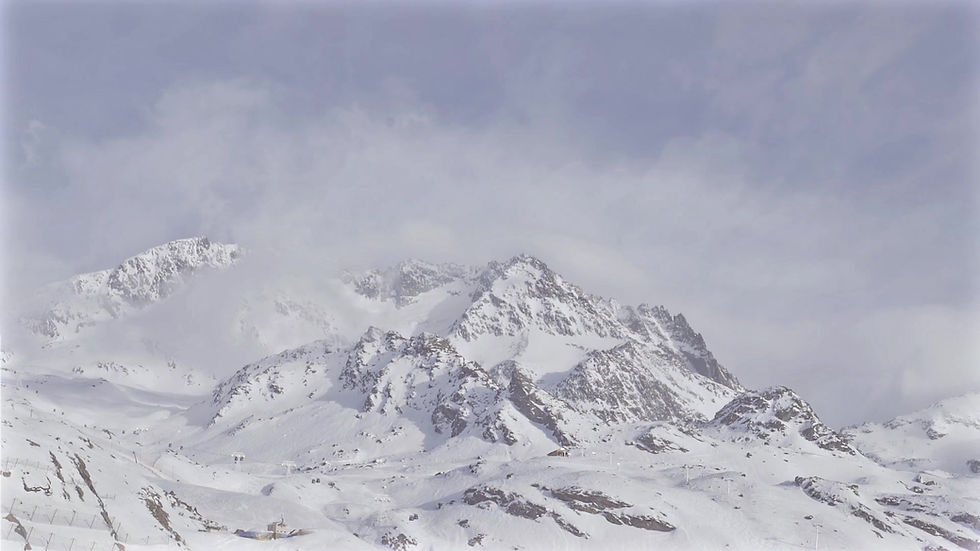
The Violin Concertos


Bach
1717
Violin Concerto in A minor
A quintessential Baroque concerto, celebrated for its expressive melodies and technical demands.
Alina Ibragimova
Hiliary Hahn

Vivaldi
1723
The Four Seasons

A Baroque masterpiece depicting the changing seasons through vivid musical imagery.

Beethoven
1806
Violin Concerto in D major

A monumental work that redefined the violin concerto, blending lyricism with symphonic grandeur.
Not yet available
Paganini
1816
Violin Concerto No 1 in D major

A virtuosic showcase of technical brilliance and flamboyant energy.
Not yet available

Mendelssohn
1844
Violin Concerto in E minor

A beloved Romantic masterpiece, renowned for its lyrical beauty and technical finesse.
Bernstein New York Philharmonic
Itzak Perlman

Bruch
1866
Violin Concerto No. 1 in G minor
A romantic favorite for its lush melodies and emotional depth, popular with both performers and audiences.
Not yet available

Tchaikovski
1878
Violin Concerto in D major

A passionate and lyrical concerto, one of the most celebrated works in the violin repertoire.
Not yet available

Brahms
1878
Violin Concerto in D major

A masterpiece combining technical demands with lyrical beauty, written as a collaboration with Joseph Joachim.
Not yet available

Dvorak
1883
Violin Concerto
A lively, melodic work that showcases Dvořák's blend of Bohemian folk traditions with classical forms.
Not yet available

Sibelius
1904
Violin Concerto in D minor
A dramatic and atmospheric concerto, showcasing Nordic landscapes and violin virtuosity.
Not yet available

Elgar
1910
Violin Concerto
A deeply emotional and technically demanding concerto, reflecting Elgar’s romantic and introspective style.
Not yet available
Nielson
1911
Violin Concerto
A bold and innovative work blending Nordic influences with classical traditions.
Not yet available

Prokofiev
1915
Violin Concerto No.1
A richly expressive work blending lyricism with Prokofiev's modernist voice.
Not yet available
Szymanowski
1916
Violin Concerto No. 1
A lush and modernist concerto inspired by Impressionist and Eastern European elements.
Not yet available

Berg
1935
Violin Concerto
A profound 20th-century work, dedicated 'to the memory of an angel,' blending traditional and modern elements.
Not yet available
Bacewicz
1938
Violin Concerto No.3
A vibrant 20th-century concerto showcasing Bacewicz's mastery of violin and orchestral textures.
Not yet available
Barber
1939
Violin Concerto
A 20th-century American classic, blending lyrical beauty with dramatic intensity.
Not yet available
Korngold
1945
Violin Concerto in D Major
A romantic and cinematic concerto, drawing on Korngold's film score compositions.
Not yet available
Kabalevsky
1948
Violin Concerto in C major, (with Cello Concerto )
A lively and accessible concerto rooted in Soviet-era folk inspiration.
Not yet available

Shostakovich
1948
Violin Concerto No 1 in A minor
A haunting and profound concerto, blending melancholy with virtuosity.
Not yet available
Higdon Jennifer
2008
Violin Concerto
A contemporary American concerto showcasing lush melodies and rhythmic innovation.
Not yet available
I'm a paragraph. Click here to add your own text and edit me. It's easy.
